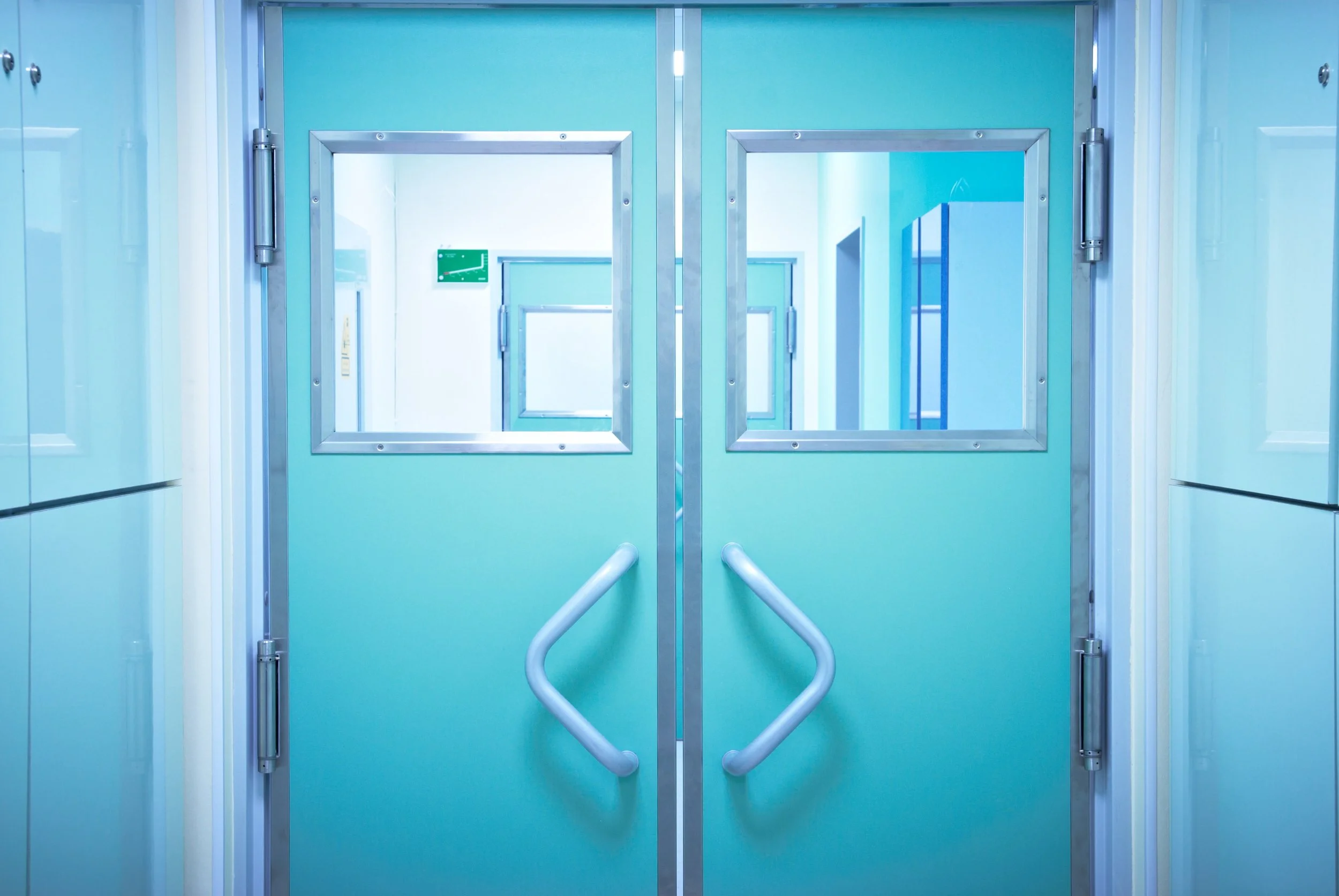Acquiring another medtech company is a difficult process. After you have sent a letter of intent (LOI) and have received the book; a summary of business operations, the industry/market opportunities and financial information, the next activity can be one of the most challenging.
How do you determine the true value of the what the company is selling? Many claims are made by the selling organization, in order to get your company to buy them at the highest possible price:
Finding new markets
Industry roll-up strategy
Getting innovative technology
Market window opportunity
Product bolt-on strategy
Experienced employees
Synergy strategy
Geographic growth strategy
Increasing share of market
Diversification strategy
Vertical integration strategy
Increase supply chain pricing power
Adjacent industry strategy
Reduce competition
An acquisition involves buying a company and shifting it to the way your organization does business. The objective is to create a new company or augment your existing organization using the proven parts of your business and the best parts of the seller. Buying a start-up in medtech can mean being able to make new, innovative products or having access to novel resources or fresh management talent. An acquisition made poorly means your organization could pay too much for medical device technology that doesn’t have good fit with the needs of the healthcare industry and target audience, possibly resulting in heavy losses for your organization.
Time Is of the Essence
Once your LOI is accepted, your organization may only have weeks to provide an indication of interest. Granted, this expression of interest in making an acquisition is non-binding, but it is also a formal written offer.
Case Study
A Medi-Vantage (MV) client had just signed an LOI for a possible acquisition and needed to understand the market dynamics of the new organization. The seller claimed that the market was growing at a CAGR of high single digits, that the several new applications were in development that had great financial promise, and that the target physician audience was the leading decision maker in the purchase of the product.
A first offer was scheduled for three weeks from the LOI and the client needed Medi-Vantage to validate the claims of the selling company within two weeks to give management time to assess the findings and agree upon the value of the acquisition. Our research involved questions like:
What are the patient treatment trends and new indications in the market?
How many procedures would be addressed by the new indications?
Which are the leading brands used; what are the clinical advantages and differentiators?
What process do the target physicians and hospital administrators use to evaluate new products and what is the decision-making process?
What is the role of the medtech manufacturer in maintaining the business?
MV strategy research found that the acquisition had value for our client, but not to the level presented by the selling company. Two of the three new indications for the medical device technology were very early stage and would not have clinical data to support them for several years. The third indication had better clinical data but was also an area of turf battle between surgeons and the target physicians. While significant brand loyalty remained, the competitive products where not highly differentiated from that of the selling company. A significant selling effort would be required by the MV client. All this information changed the value of the first offer.
The MV process of performing due diligence strategy research in two weeks
Our client alerted us to the possibility of a LOI two weeks prior to deciding to send an LOI, so that MV could alert all the parties (subject matter expert interviewers, real time recruiting team) that the project could potentially surface and, if so, would require urgent attention. On the day of sending the LOI, our client was on the phone with the MV team to develop a recruiting screener for the due diligence. The screener was written and approved that evening. Rapid recruiting of respondents began, and the first interview was scheduled for two days later. All the research was double blinded. Within ten days, all interviews were complete, and the summary report was issued to client management two weeks from the date of the LOI. Management had several questions for the MV team, which were addressed in a conference call and through follow up emails from MV to respondents where clarification of details was necessary. Follow up emails were blinded from the client. Additional incentives were paid to respondent for prompt response to the emailed questions, and the turnaround of answers was done in a day.
Looking for a partner with key insights from clinicians & hospital administrators?
OUR LAST THREE PROJECTS WERE:
Medtech product strategy development: legacy product in a commodity space
Medtech price sensitivity analysis
M&A third party analysis


